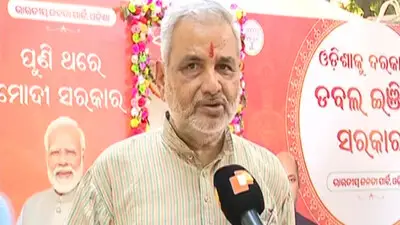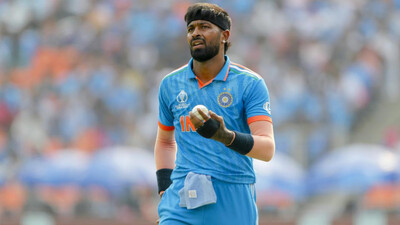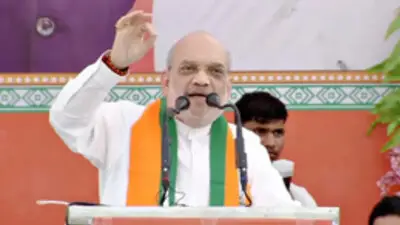Recommended Stories
Bhubaneswar: It seems surfeit of schemes has taken a toll on the State finances. The biggest fallout noticed in the annual budget 2019-20 presented by new Finance Minister Niranjan Pujari today points to a big dip in revenue surplus . And at the same time the fiscal deficit has increased, so too is the primary deficit.
As per the budget document tabled, the budget 2019-20 has pegged the revenue surplus (Revenue receipts - Revenue expenditure) at Rs 6,528 crores. This is a drop of nearly 38 per cent from 2018-19 budget estimates.
Similarly, the Fiscal deficit (Total receipts - Total expenditure) for the year 2019-20 has been pegged higher at Rs 18, 877crores. This has shown a big jump of nearly 35 percent.
In another vital indicator of Primary deficit ( Fiscal deficit - Interest payments), the value has widened. The Budget 19-20 pegged the primary deficit at Rs 12,377 crore, which is up by a whopping 53 per cent.
The deterioration of the three vital indicators show that while the revenue expenditure has increased, and as the revenue receipts failed to meet the rise in spending, the State government banked heavily on higher borrowings. For which, the fiscal deficit has risen and so too the primary deficit. And the debt stock and the interest payment number.
Though the budget 19-20 estimated a GSDP growth rate of 8-8.5 per cent, the canons of public finance states that GSDP growth without rise in debt proportion make it qualify as a qualitative growth. The policy decision of FM Pujari to kick start a higher growth by borrowing fails the quality test of public finance.
As per the budget document, the debt stock of the State has zoomed to Rs 1.06lakh crore in 2019-20. The debt stock of the State has clocked a high of 21 per cent. The consequence is debt stock proportion to GSDP touched 19.7 per cent.
More dismal facts: The total pegged debt stock is 92 per cent of the revenue receipts, and the interest payments account for 5.5 per cent of the revenue receipts.
Debt servicing looks precarious as the total borrowings pegged in the budget 19-20 have been Rs 22,584 crore, which is almost a whopping 99 per cent of the total capital receipts. As per debt servicing canon of public finance, this is considered quite dangerous.
A look at the revenue receipts of the State reveal that State's own tax and non-tax revenues together account for mere 39 per cent of its total revenue receipts for the year 2019-20. This shows central tax devolution and grant in aids provide a whopping 61 per cent of the total revenue receipts of the State. This aspect highlights how far Odisha is dependent on central revenue to fund its scores of schemes.













